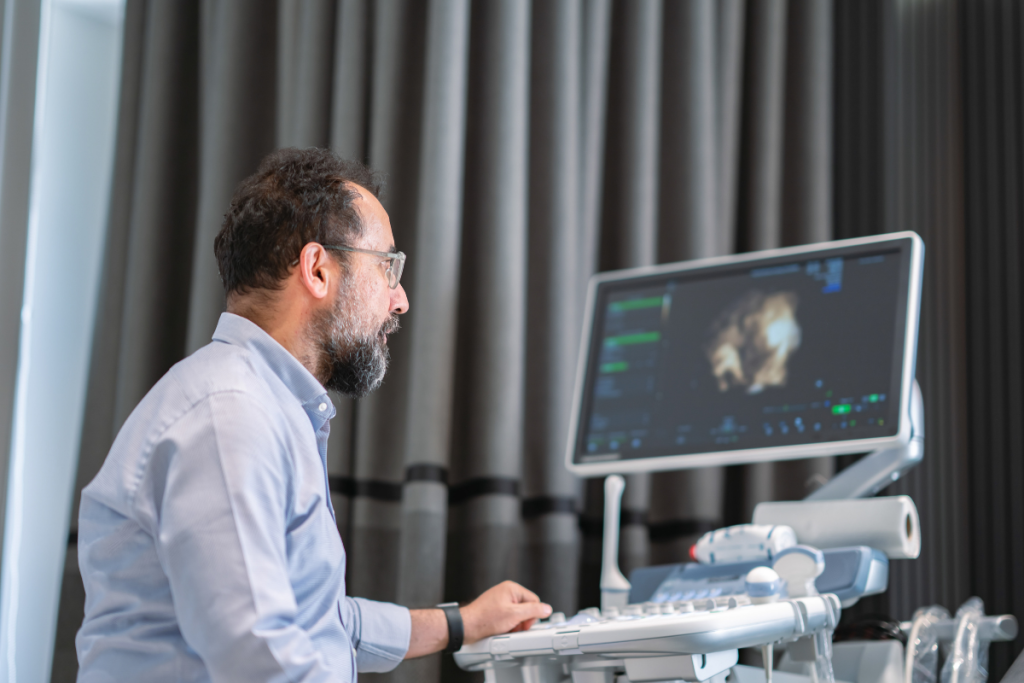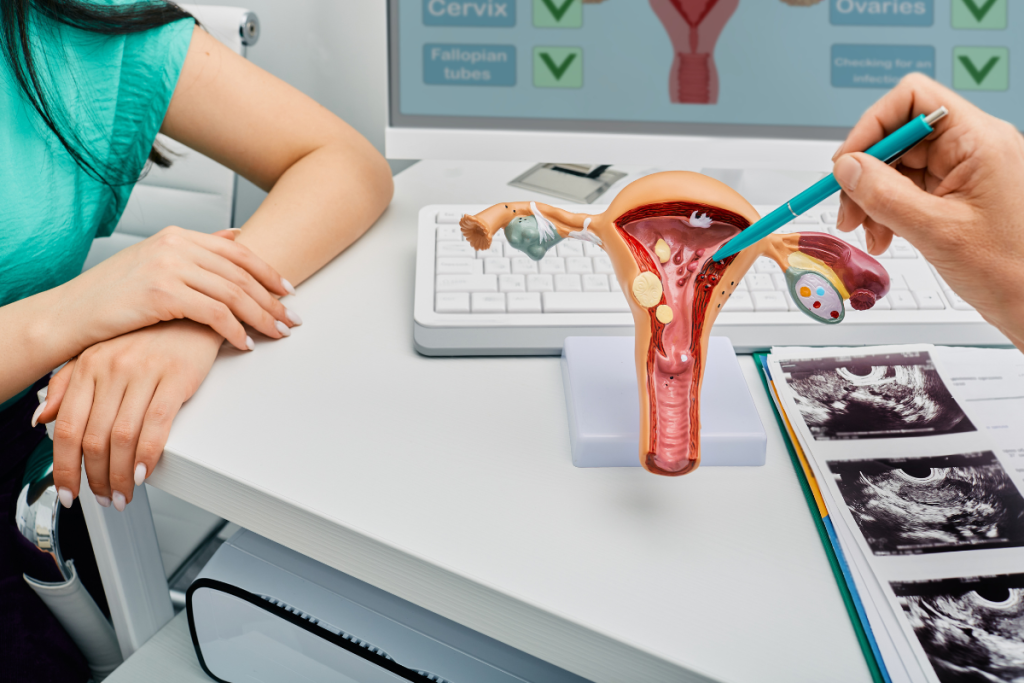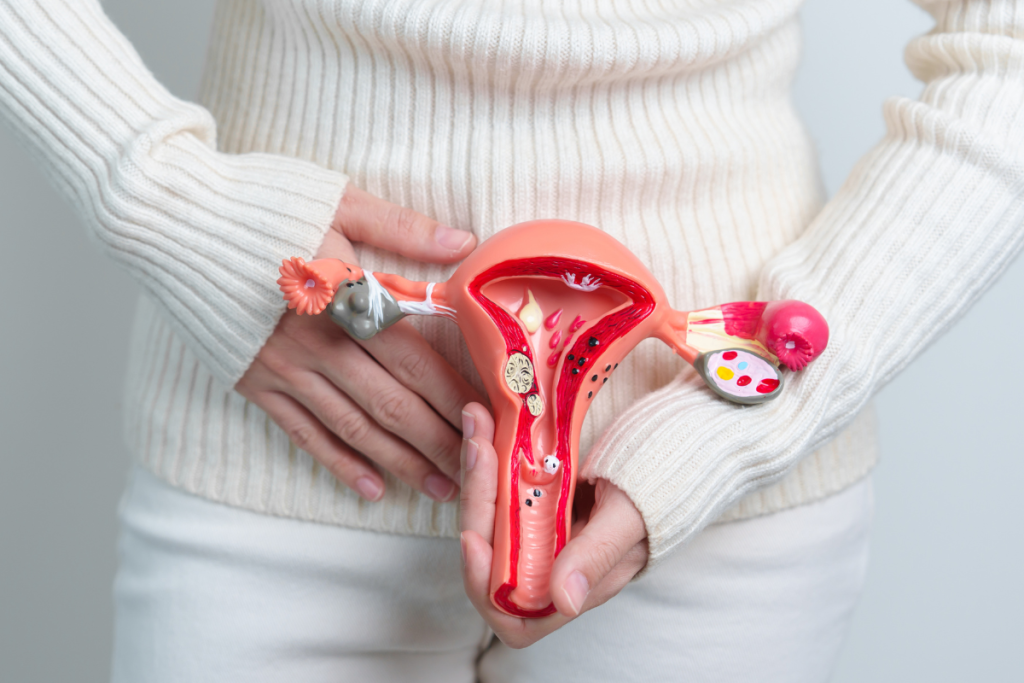Les dernières avancées en matière de détection des polypes : Un guide pour les obstétriciens

Polyps, benign growths on the lining of the uterus, cervix, or vagina, are a common concern in obstetrics and gynecology. They can cause irregular menstrual bleeding, infertility, and other health issues. Early detection and effective management are crucial for patient outcomes. This guide explores the latest advances in polyp detection, providing obstetricians with the knowledge […]
Le lien entre les fibromes et l'infertilité Partie 2 : Ce que chaque obstétricien devrait savoir

In the second part of our blog series on the link between fibroids and infertility, we delve deeper into the management strategies for infertile women with fibroids. From conservative measures to surgical interventions and assisted reproductive techniques, a multifaceted approach is necessary to address the complex relationship between fibroids and fertility. Obstetricians play a crucial […]
Le lien entre les fibromes et l'infertilité Partie 1 : Ce que tout obstétricien devrait savoir

Fibroids, also known as uterine leiomyomas, are benign growths that develop in the muscular wall of the uterus. These growths vary in size and can have a significant impact on a woman’s fertility. Understanding the relationship between fibroids and infertility is essential for obstetricians and gynecologists to provide optimal care to women seeking to conceive. […]
Approches collaboratives de la prise en charge des polypes utérins : Perspectives pour les obstétriciens et les gynécologues

When it comes to managing uterine polyps, knowing the options is half the battle. These small yet pesky growths in the womb lining can range from being harmless sesame seed-sized nuisances to more concerning golf ball-sized formations that demand attention. With a staggering average ROI of 3800% on successful treatments according to some reports – […]
Diagnostiquer le prolapsus de l'organe pelvien : Outils et techniques d'évaluation clés pour les obstétriciens

Explore key assessment tools and techniques for diagnosing pelvic organ prolapse (POP) in women. Learn about types, symptoms, and treatment options, including the use of advanced diagnostic technologies. Enhance your understanding and management of POP for improved quality of life.
Éducation et autonomisation des patientes : Soutenir les femmes souffrant d'un prolapsus de l'organe pelvien dans la pratique clinique

Imagine navigating a path where every step matters, that’s the journey women with pelvic organ prolapse embark on. By delving into this read, you’ll gain insight into the nitty-gritty of what causes your body to change in such an unexpected way. Patient education and empowerment: these aren’t just buzzwords but critical elements for those facing […]
L'éducation et l'autonomisation des patients : Stratégies clés pour la gestion de l'incontinence urinaire d'effort dans la pratique clinique

When it comes to stress urinary incontinence, there are plenty of opportunities for women to learn more about their condition, and how to manage and treat it. Let’s examine the key strategies to educate patients about stress urinary incontinence. 1. Seek Diagnosis Unfortunately, many women do not see a doctor when they have incontinence. In […]
Au-delà des médicaments : Exploration des thérapies alternatives pour l'incontinence urinaire d'effort

Many women live with stress urinary incontinence—leaking urine when they cough or laugh. Since many medications have negative side effects, women seek other treatment options, which are effective at treating SUI.
Le rôle des exercices du plancher pelvien dans la gestion de l'incontinence urinaire d'effort

Women around the world share the experience of urine leakage when they laugh, cough or do physical activity. This condition is known as stress urinary incontinence and is not limited to women. However, incontinence or loss of bladder controls affects twice as many women as men. This could be due to the fact women go […]
Partie 2 : Prise en charge des fibromes chez les femmes périménopausées : Défis et meilleures pratiques

Uterine fibroids are common, impacting anywhere between 20% to 70% of women.1 They’re almost always harmless—in other words, they rarely develop into cancer—and sometimes women don’t even realize they have them. That’s not always the case. Other women have severe symptoms:1 As we explored in Part 1 of this series, there are unique considerations when […]
